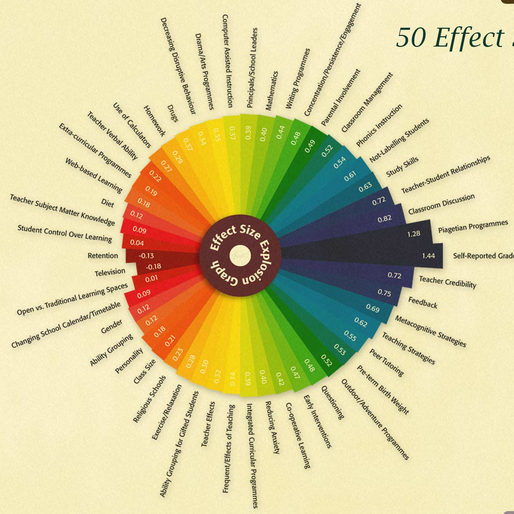

“The mistake I made in the first version is with the league table of influences,” Hattie admits.


His synthesis of more than 800 meta-analyses set out to determine what teachers can do to maximise their pupils’ learning, and offered a list of evidence-informed strategies to help them.īut 15 years on, Hattie, an emeritus laureate professor at the University of Melbourne’s Graduate School of Education, is still trying to set the record straight about the message that Visible Learning was trying to convey. When his book Visible Learning was published in 2008, it made him one of the biggest names in education research. A major contribution is a fascinating benchmark/dashboard for comparing many innovations in teaching and schools.John Hattie has changed his mind about the importance of teaching strategies. A model of teaching and learning is developed based on the notion of visible teaching and visible learning.Ī major message is that what works best for students is similar to what works best for teachers – an attention to setting challenging learning intentions, being clear about what success means, and an attention to learning strategies for developing conceptual understanding about what teachers and students know and understand.Īlthough the current evidence based fad has turned into a debate about test scores, this book is about using evidence to build and defend a model of teaching and learning. Areas covered include the influence of the student, home, school, curricula, teacher, and teaching strategies. The research involves many millions of students and represents the largest ever evidence based research into what actually works in schools to improve learning.

It builds a story about the power of teachers, feedback, and a model of learning and understanding. This unique and ground-breaking book is the result of 15 years research and synthesises over 800 meta-analyses on the influences on achievement in school-aged students.


 0 kommentar(er)
0 kommentar(er)
